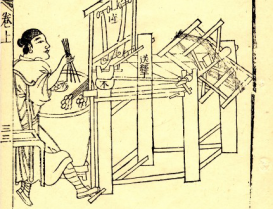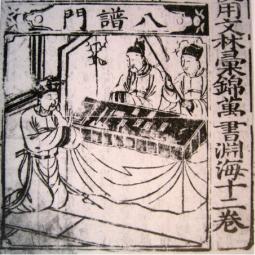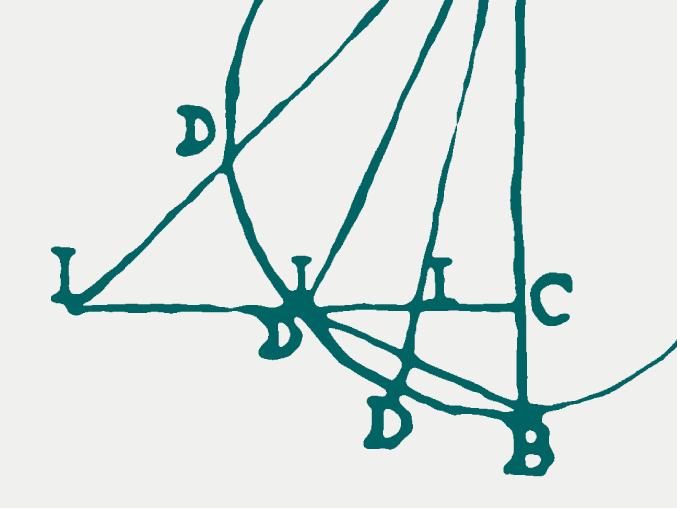
Research Group (2006–2011)
Research Group Leader: Dagmar Schäfer
This Research Group focused on how technical knowledge was perceived, transmitted, and evaluated to form distinct, yet changing, “cultures of knowledge.” It concentrates on Premodern China in the period from the Song to the mid-Qing Dynasty (tenth to eighteenth century). Integral to this was a holistic approach that recognized the complex factors—institutional, cultural, social, economic, and technical—involved in the perception of technical knowledge and its transmission.
The first phase of the project, 2006–09, concentrated on how historiography shapes our view to technology. Manifold reflections on invention and innovation and their manifestations were examined to see how novelty was historicized in the culture of Premodern China. The process of this research led to reflection on what innovation and invention actually meant, as well as a re-examination of the concepts and modalities with which they were expressed and the effect this had on their (non-) implementation.
The projects for the period 2009–11 focused on two main directions. A rigorous examination of the methodological basis on which the history of technology has been based aimed at finding new cross-disciplinary approaches to technology and innovation cultures. Individual projects pursued the development of an expertise culture, discursive practices circling around practical and theoretical knowledge, the role of normative frameworks, and standards and standardization in material production.
The Research Group’s collective experience in researching Premodern China was mined to provide the basis for the development of a variety of universally usable digital tools, such as a GIS-Platform China Historical GIS and a Text-Database on Chinese ancient technological texts Written Transmission. These were intended to be implemented by scholars studying any temporal period or geographic locality.
Cooperation Partners of the Group included the Partner Group of the IHNS, CAS, and MPIWG/MPG, The Palace Museum, Beijing, China, and the Harvard Yenching Institute Harvard Yenching Institute.



